MagicLinks Affiliate Link Best Practices for Pinterest Marketers
Adding MagicLinks to your Pinterest Pins is a great way to earn passive income, especially since a) MagicLinks never expire, and b) one pin can be repinned hundreds or thousands of times, expanding its reach exponentially. Proceed with caution, though, as Pinterest is VERY picky about affiliate linkage.
We’ve already posted on HOW to add MagicLinks to your Pins: Read on for our best tips for using MagicLinks affiliate links on Pinterest!
FTC DISCLOSURES ARE MANDATORY
Just as with all other social media networks, you must add an FTC disclosure anytime you are posting an affiliate link. Even if you do not reside in the USA, your Pins may be viewed and clicked on by USA viewers.
We recommend adding a blurb in your bio that reads: “FTC: Some links on my page may be affiliate links, so I may earn a commission for purchases made through my Pins.”
Also, any Pins that have an affiliate link should have either #afflink, #affiliatelink, (afflink), (affiliatelink), or the above full FTC disclosure in their description. Store names and brand names are OK to mention in your Pin descriptions.
DON’T SPAM
It’s painfully obvious when someone is only on Pinterest to make money, not to get new, fun ideas and interact with people. Make sure you mix in plenty of Pins that are non-affiliate, like craft tutorials or recipes, and only Pin about stuff you’re genuinely interested in. A mix of products and inspirational pins helps your viewers visualize the possibilities of the items you’re promoting, i.e. “Oh, I can use the eyeshadow palette she Pinned to create that gorgeous smokey eye look!”
FYI: Spammers using affiliate links (and links to viruses, scams, etc) in excess were what lead Pinterest to ban affiliate links in the past.
Pinterest states that they will remove spam and other disruptive content, including:
- “Unsolicited commercial messages.”
- “Attempts to artificially boost views and other metrics.”
- “Repetitive or unwanted posts.”
- “Off-domain redirects, cloaking or other ways of obscuring where a Pin leads.”
- “Misleading content or behavior. For example, deceptive design elements or suspicious pop-ups.”
CHANGE YOUR ACCOUNT TO A BUSINESS ACCOUNT
If you’re just starting out on Pinterest, sign up for a Business account. Already going strong? Convert your account to a business account. This will help you analyze your Pin analytics and see which Pins are doing the best for you. You may also qualify to have Shopping Ads appear on your pages, which is a great additional source of passive income.
MAKE IT PRETTY
Be sure that the images you use on your Boards are magazine quality: Bold colors, crisp pixels, interesting compositions. The more professional and appealing your Boards look, the more likely Pinners are to click and re-Pin. Pinterest will automatically provide you with a selection of images from other pins and from the retailer itself, but you can feel free to add borders, text, etc to make it your own. FYI: If the retailer sells their own product, it’s typically fine to use their images. If it’s a site like Amazon, Etsy, or eBay, where random people can sell on their site, some of those images might not be permitted to use. There will typically be a copyright notice if an image’s use is not permitted. When in doubt, contact the retailer.
COPYWRITING MATTERS
Not only is good Pin description copy fun to read, but it can help attract more attention to your Pins. Using specific keywords and making sure your copy has a consistent voice across all your Boards is key.
TO SEE COMMISSION RATES & CREATE LINKS
NOT A MAGICLINKS MEMBER?
*cover image adapted from Pinterest’s YouTube channel

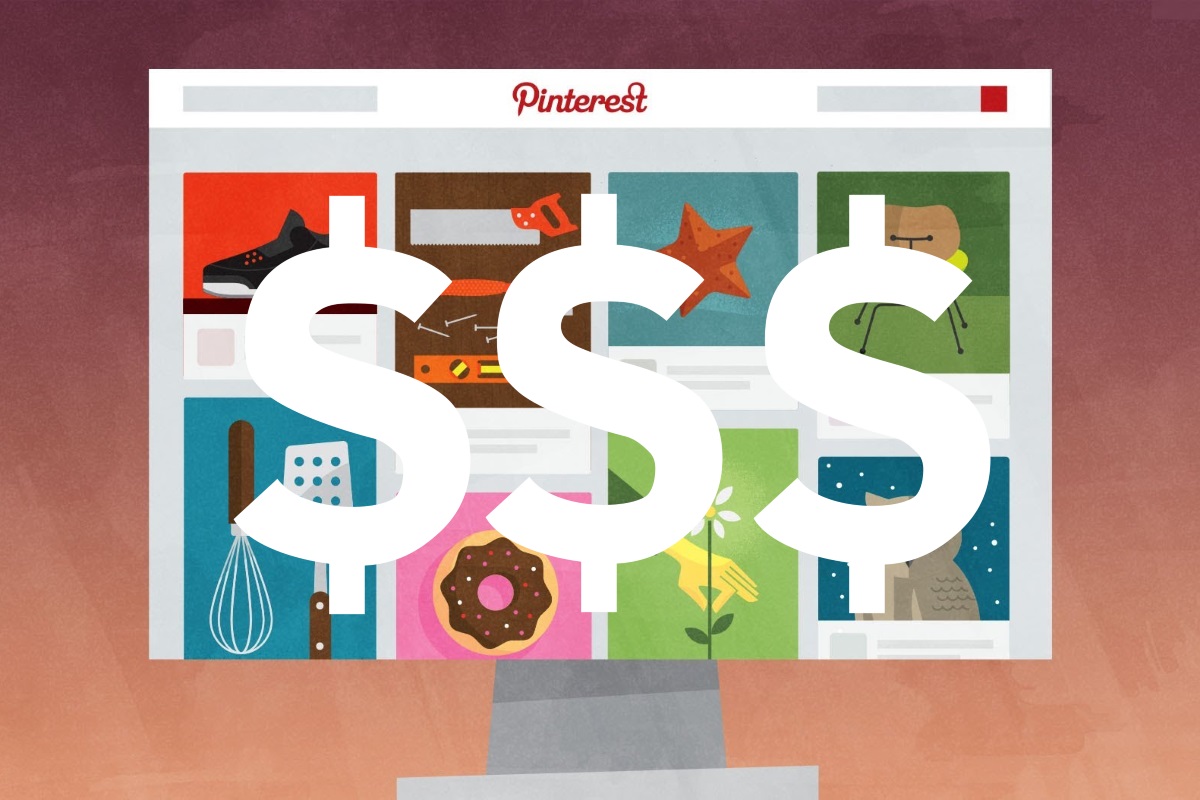
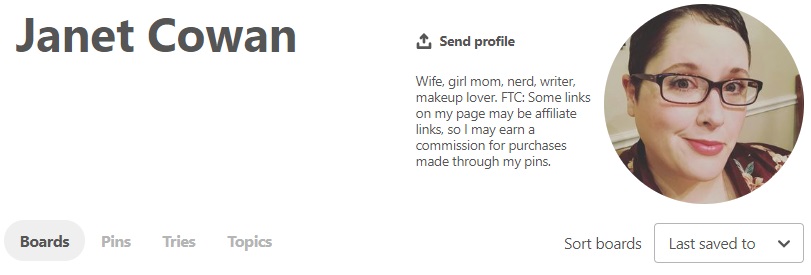
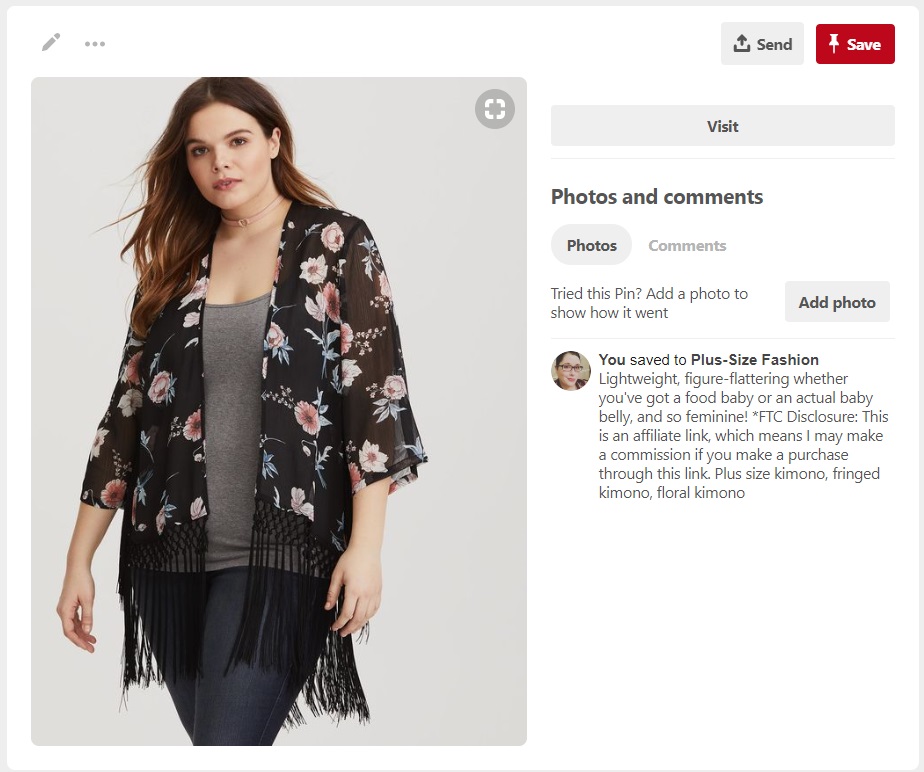







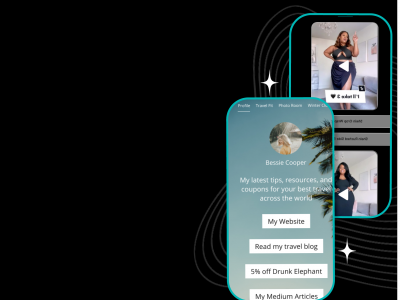
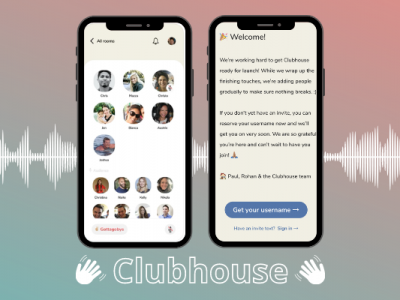

This is great information, thank you! I do have one question though – when you say Pinterest will automatically provide you with a selection of images from other pins and from the retailer itself, I’m not sure what that means. When I use the Schedule icon to make a new pin in Tailwind, a single picture comes up; if making a new pin directly in Pinterest I have to upload a picture.
Hi Cynthia,
This is probably because different scheduling sites use different image gathering software than Pinterest, so in these cases, you will probably need to save your own images and upload them in Tailwind.
Best,
Janet
This was incredibly helpful!
Thank you, Aisha! 🙂
Hi! Do we must had the FTC disclosure in your Bio? Isn’t it enough to just put the full disclosure in the pin’s description each time ?
It is not required to have it in your bio, but it is a good idea to do so.
Thanks that helped a great deal I feel more confident now I was in a state of confusion before.
Thank you for this ?
[…] P.S. New to Pinterest? Check out our tutorial on Using MagicLinks on Pinterest and our Pinterest Affiliate Link Best Practices guide. […]